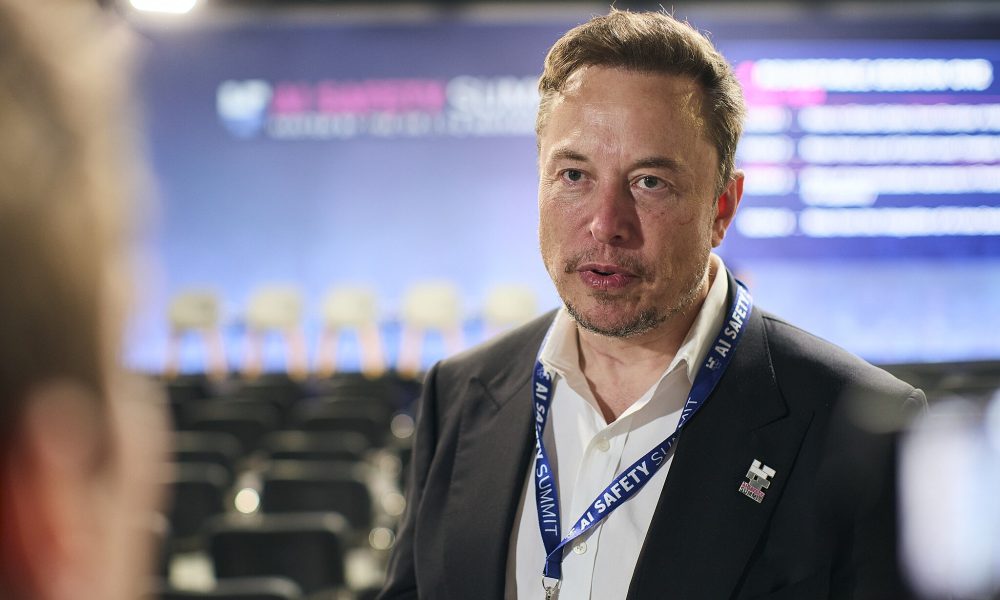Summary
- Sales fell as competition rose and models aged; Musk’s politics worsened public perception.
- Model Y and 3 need generational updates; buyers want fresher, faster, cheaper options.
- Cybertruck is polarizing and underperforming; Model S and X are aging but still high-performance.
When Tesla’s sales started falling in 2024 after a record 2023, pundits blamed increased competition and an aging model lineup. And when sales and profits tanked in the first quarter of 2025, and again in the second quarter, CEO Musk’s highly visible and divisive political activities were added to the first two reasons.
Musk’s foray into politics was a case study on why CEOs should refrain from generating controversy. By 2024, there were certainly loads of excellent competitors in the market, with more coming along every year.
As far as the aging lineup goes, yes and maybe. Yes, with the Model S launched 13 years ago and the Model X 10 years ago. With facelifts, but no formal generational changes, most Tesla models are getting long in the tooth.
Facelift vs new generation
A facelift is when a model stays the same, but gets new superficial changes — new headlights, a different grille, and so on. A new generation normally involves significant changes to the chassis, the powertrain, and the body. The two main reasons for a generational change are to change over to new technology, and to stay fresh in the consumer’s perception.
You don’t want your new 2025 model to be essentially the same as your neighbor’s 2015 model.
EVs are different
EVs in general, and Tesla in particular, are slightly different. The Model S has only been around for 13 years. As a generation, that is long. As new car technology, it is not.
The under-the-skin technology, like batteries and charging, has improved dramatically in those 13 years — the 2013 Model S could travel 260 miles on a charge while the latest model lasted over 400. Charging times have come down, and performance has gone up. With a battery guarantee of eight years, and batteries generally lasting longer than that, EVs move on a different timescale to the ICE’s three years/36,000 miles standard.
Despite all this, there is a nagging feeling that Tesla needs something fresh. A new Model Z, perhaps, or a more affordable offering, the much-talked-about Model 2. Let’s take a deep dive into the five Tesla models now on offer, and you can decide whether the brand is getting old or remains fresh.
1
The Cybertruck 2023
Will get you noticed
The Cybertruck is not like other Tesla models. Whereas the norm has been slightly bland, but sleek and streamlined, the Cybertruck is big, brutish, all kindergarten angles, as subtle as a knuckleduster. The Cybertruck came across as an expletive on wheels, and an expensive statement.
By all accounts, the Cybertruck is nice to drive. It has loads of power, steers lightly, is spacious inside, and has an enormous load bed. But, despite this, the Cybertruck is a failure. It got so bad that Tesla dealerships refused to accept them as trade-ins for other Tesla models.
It took nearly five years between the announcement and the delivery of the first models. In that time, the world had changed, and the public perception Elon Musk built up was wobbling a bit after he bought Twitter. Since its launch, this vehicle has faced numerous recalls and been the subject of many scathing videos on social media.
The Cybertruck is the youngest of the Tesla models, but it is different from the cars that came before. The question is not so much if it has aged, but rather if it will age before being canceled.
2
Tesla Model Y 2020
The car that took the EV mainstream
The Model Y is the best-selling Tesla, and even made the top ten list of all vehicles in 2024. It is a luxury compact SUV, still new enough to make the question of a new generation moot. Appearance-wise, the Model Y has evolved into a leaner, slightly more aggressive look. There have been several options over the years, including seriously high-performance and longer-range models. The Model Y, despite all the clutter and noise around the brand, is still one of the finest EVs on the market. The longer-range models have delivered well over 300 miles of range over the lifespan of this model.
As the top-selling model, the Y was also the biggest volume loser when the slump started. In the US, the Model Y is facing increasing competition from the likes of Kia and the more affordable Chevrolet Equinox. It is also facing massive competition from more affordable, very capable local brands in China. There has been talk of making a cheaper, less capable Model Y, but performance is so baked into the DNA of this car that this seems unlikely.
Although the Model Y is the youngest of the viable Tesla Models, in some ways, it is most in need of a generational change. Tesla and the EV market need a new, better, faster Model Y to take the brand into the future.
3
Tesla Model 3 2017
The next level Tesla
The Tesla Model 3 invented the luxury compact EV sedan when it was launched in 2017. It was more affordable than the earlier models, with a body that exemplified lightness and the promise of performance. It was one of the first EVs to consistently get over 300 miles of range. It is also Tesla’s top-selling vehicle, until it was overtaken by the Model Y.
As an eight-year-old, the Model 3 demonstrates the incremental improvements that can help keep an EV current. It was launched when EV range anxiety, the fear of running out of battery before arriving, was a thing. The Long Range RWD Model 3 of 2017 had a range of 310 miles, while the 2025 version can go 362 miles.
The Model 3 is not quite stale, but it is facing increasing competition in the US and international markets. Its competition here and abroad is squeezing this car in performance, price, and features. A bold new Model 3 may well be the only way to turn its slow, inevitable decline around.
4
Tesla Model X 2015
Seven-seat SUV supercar spoiler
Today, the Model X languishes as an expensive, low-volume EV SUV, but it will still knock your socks off with blistering acceleration. Built on the success and underpinnings of the earlier Model S, the Model X was what happened when an automotive engineer goes into “hold my beer” mode. From the extravagant gull-wing back doors to the people carrying seven-seat interior, the Model X turned heads wherever it goes.
The first Model X had a range of 289 miles, which was hot for its day. The current one goes over 300. But the Model X, especially the current Plaid versions, is known for its eyeball-squeezing, sub-three-second acceleration. As a performance EV SUV, the Model X faces increasing performance, range, and price pressure from more current offerings like the Rivian R1S and the BMW iX.
The Model X is a low-volume, very expensive car. Imagine if Tesla took all that power and quirky excellence and reimagined it as a totally over-the-top brand flagship model, with a new design and the interior it deserves.
5
Tesla Model S 2012
The car that launched the EV
Yes, before the Model S, there was the Roadster, and that was the first EV to beat 220 miles, but it was a niche car, and only a couple of thousands were produced. The Model S was a luxury EV sedan that could go over 260 miles on a charge. The Model S showed the motoring public what an EV could do, even if only the most affluent of said public could afford one. But it laid the groundwork for the more affordable Model 3 five years later to take the EV into mass market territory.
Fast-forward, and the Model S is still with us, including the 1,000+ hp Plaid performance model that can do 0-60 in just over two seconds. The 2012 version had a maximum range of 265 miles, while the 2025 model will go 410 miles.
The Model S, despite its astonishing power and range, has dated in looks and features, and faces a lot of competition from the Lucid Air, BMW i4, and Porsche Taycan. It has carved a solid niche in motoring history in a very short time, and Tesla will have to decide whether to spend money on a new generation or allow the current model to slowly fade into obscurity.














